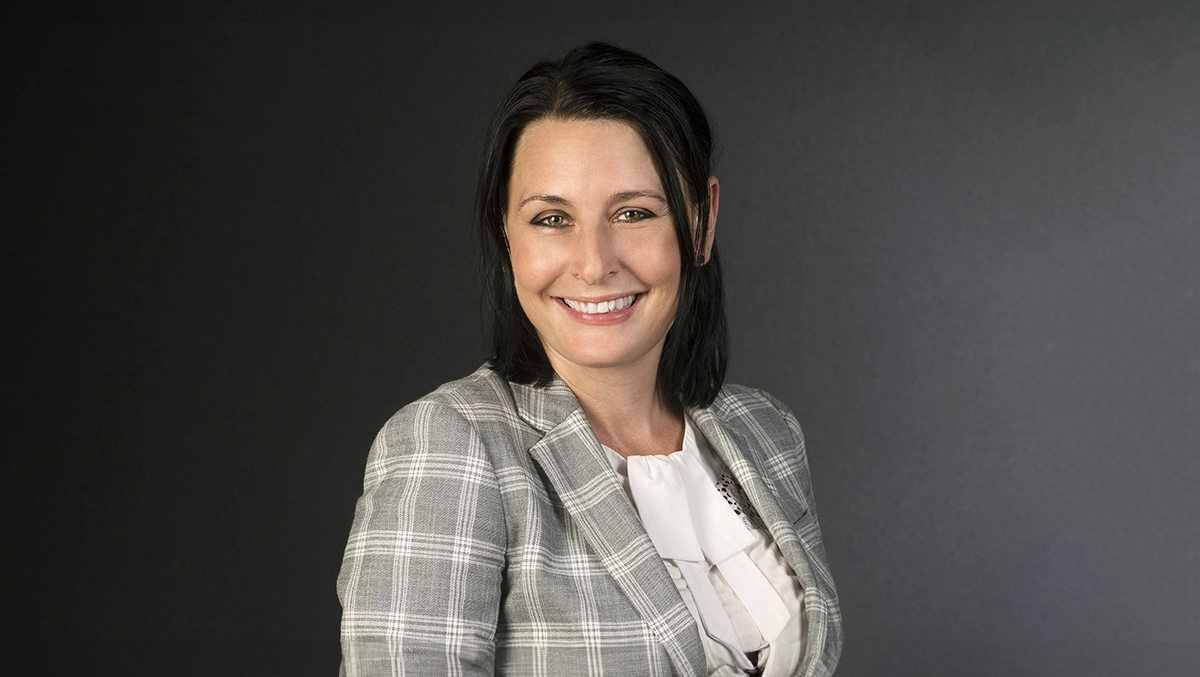
IWD 2024: My professional experience as a woman is very different to my mother’s – Here’s why
My mother was born in 1950, I was born in 1982. While there is only a 32-year difference in our birth years, there are enormous differences in our professional experiences as a woman.
To understand why and how it's important to rewind the clock a little.
Women's rights have a long history globally and within Australia. It was over 120 years ago that women were given the right to vote in Australia. Australia showed their global leadership in this important step; comparatively women's voting rights were implemented in the United Kingdom in 1918 and the United States in 1920.
Building on this leadership, Australia's first International Women's Day was held in 1928 in Sydney. The Country Women's Association was formed in 1922. Edith Cowan (who is on the back of the $50 note) became the first woman to take office in parliament in Western Australia in 1920. 1943, Enid Lyons and Dorothy Tangney became the first female federal parliamentarians.
While these steps helped progress women's rights in Australia, equal access and rights to employment remained out of reach for most women.
Now, onto my mother's generation and their working experiences across the 1960s and 70s. Women made up only 30% of the workforce in 1966.
Until November 1966, women employed in the Australian public service were required to give up their jobs once they married. Typists, whose work was deemed unsuitable for men, were allowed to return temporarily to the workplace after marriage. Women had few entitlements and no superannuation rights. Australian women had the right to go to the pub (legally) only from 1970 (no Friday drinks!).
The Conciliation and Arbitration Commission's ruling over equal pay for men and women came into effect in 1972, meaning women received an average 30% pay increase, more aligned with their male counterparts. However, workplace discrimination was still rampant in the 1970s, with common job adverts asking for 'women who like talking to important men' or 'a young lady to 35 years of age', while newspaper job adverts were separated into 'men and boys' and 'women and girls' columns.
The Sex Discrimination Act was passed in 1984, banning employment discrimination based on sex.
Now, onto my generation and my working experience. I entered the workforce in 2000 and have been working progressively ever since in my chosen career – digital and business transformation.
In 2020, women made up more than half of the paid workforce in Australia.
In November 2021, women represented 38% of Commonwealth Parliamentarians, 34% of ASX200 board members, 50% of senior executive service personnel in the Australian Public Service and 60% of the service overall.
Australia has made considerable progress towards economic and social equality over the past 50 years. Women now have more professional choices than ever before. Thank you to the mothers, grandmothers and generations before. Modern
Australian women have shown that we are active, positive and effective contributors and leaders. We achieve great outcomes with our colleagues and teams as equals. Let's keep going – together, we can deliver and progress.